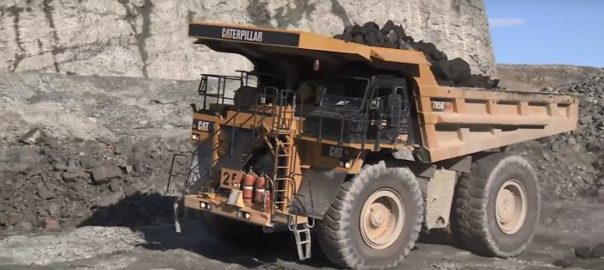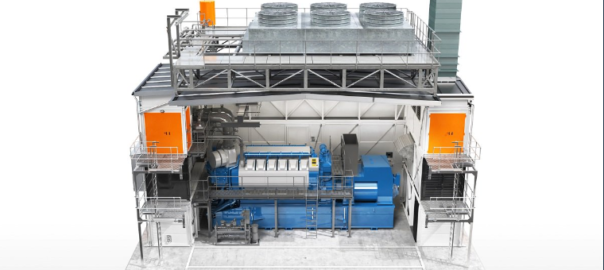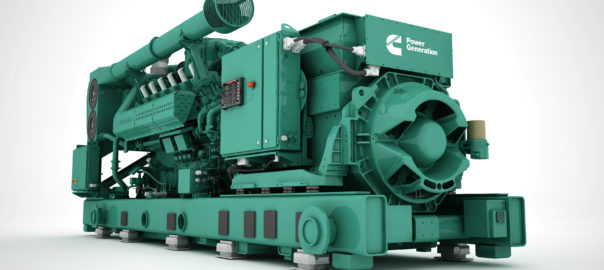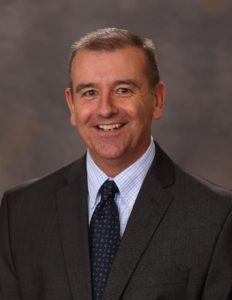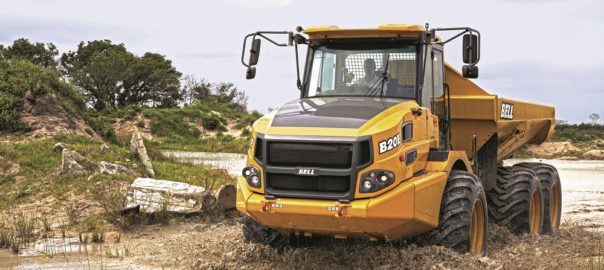Petro-Canada Lubricants has expanded its TRAXON™ and DURON engine oil product lines with the launches of DURON™ Advanced 5W-30 and TRAXON Synthetic 75W-85.
The company, a HollyFrontier business, said the introduction of these new oils demonstrates its continued product innovation to help fleets meet new and emerging market trends.
DURON Advanced 5W-30 is a fully synthetic formulation designed to meet and exceed the requirements of the American Petroleum Institute’s (API) FA-4 standard. It has also been approved by major diesel engine original equipment manufacturers (OEMs) Cummins and Detroit Diesel.
This product line offers durable low viscosity, high performing synthetic and synthetic blend heavy duty diesel engine oils that are designed for emerging and future fuel-efficient engines, the company said. “These oils provide enhanced fuel economy, durability, engine protection and shear stability for the latest heavy-duty engines.”
TRAXON Synthetic 75W-85, meanwhile, expands the existing TRAXON Synthetic range providing fleet owners and operators with enhanced efficiency and long-lasting wear protection that can lead to longer equipment life and reduced unplanned downtime and associated maintenance costs.
“Offering year-round performance in the harshest environments, TRAXON Synthetic 75W-85 provides easier start-ups and improved cold weather shifting for manual transmissions, hypoid gears and rear axles,” the company said.
This low viscosity hypoid gear oil is designed to meet API Gear Lubricant Service GL-5 and API MT-1 Gear Lubricant standards and MACK GO-J standards for heavy-duty manual transmissions. It is also approved against the SAE J2360 Global Standard, the company said. The oil is suitable for use where Volvo 1273, 12 (97312) and Meritor 0-76-J specifications are required.
Alex Buczek, Category Manager of Heavy-Duty Engine and Driveline Oils, Petro-Canada Lubricants, said the new oils were specifically formulated to exceed industry requirements and offer improved performance and protection for fleets.
He added: “Our entire high performance, heavy-duty product line is designed with one purpose – to protect your bottom line. Our products help to make fleet equipment longer-lasting and more reliable; therefore operations can be more productive and profitable.”







